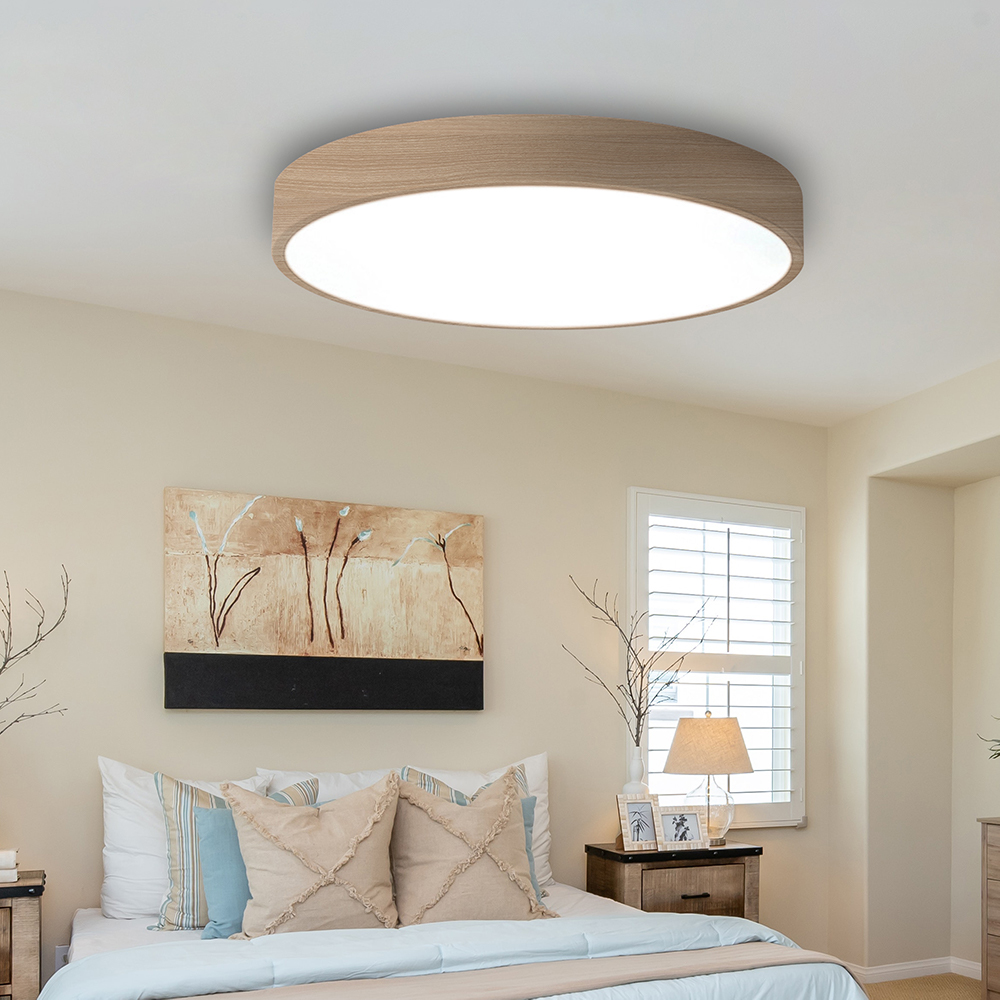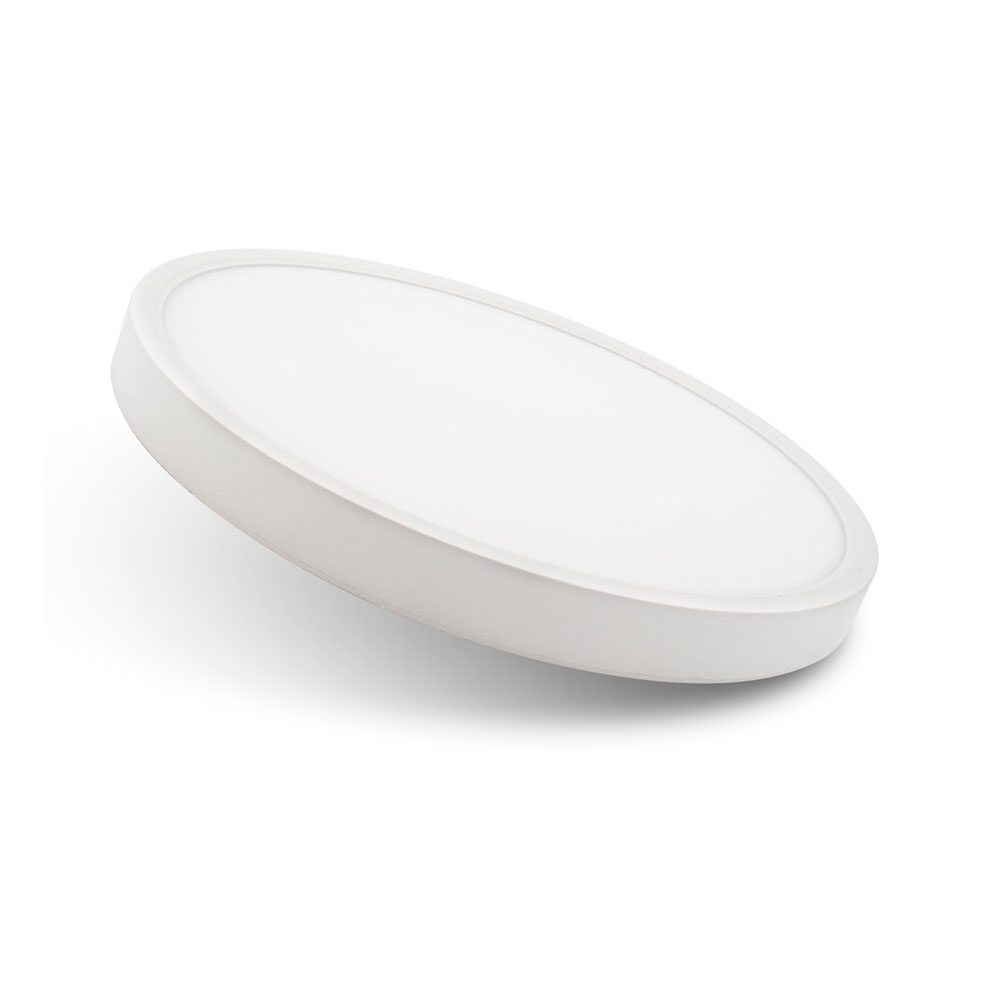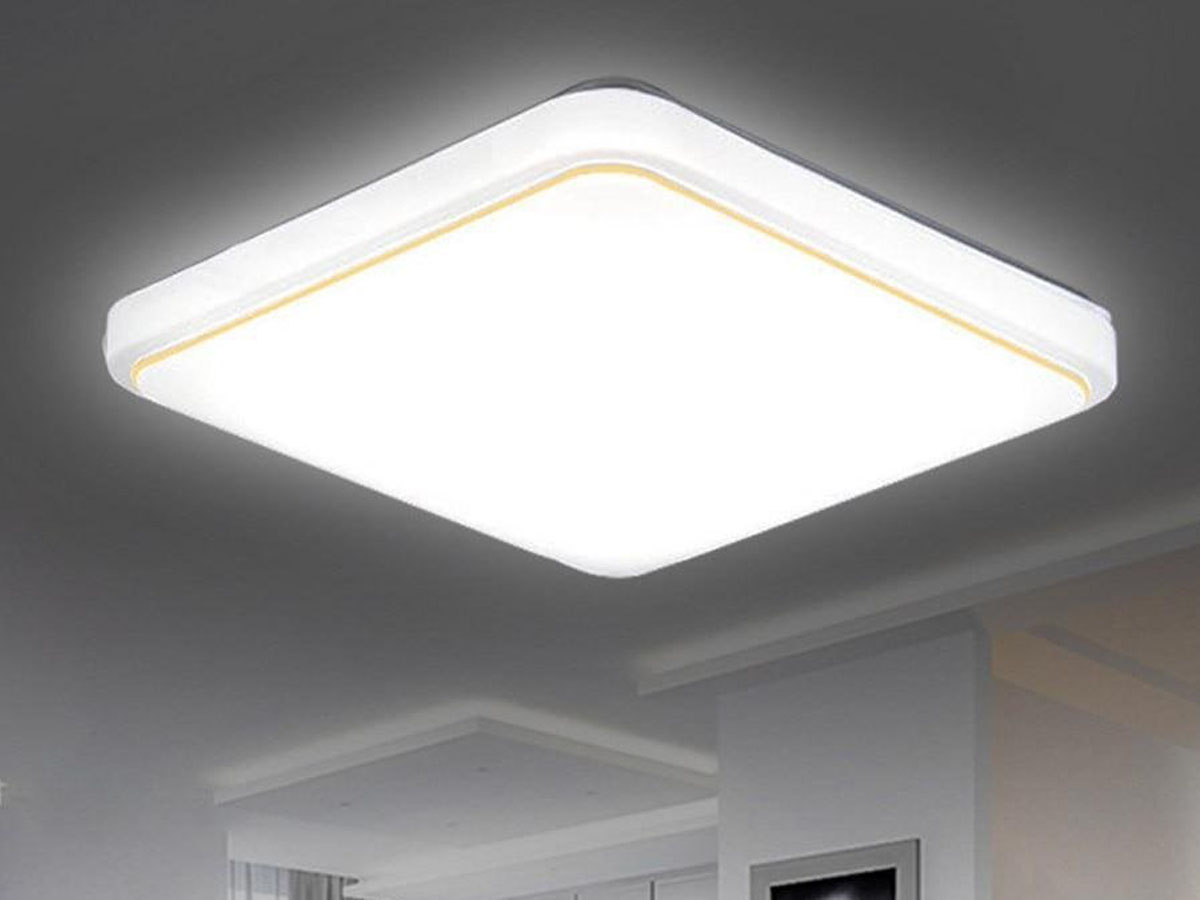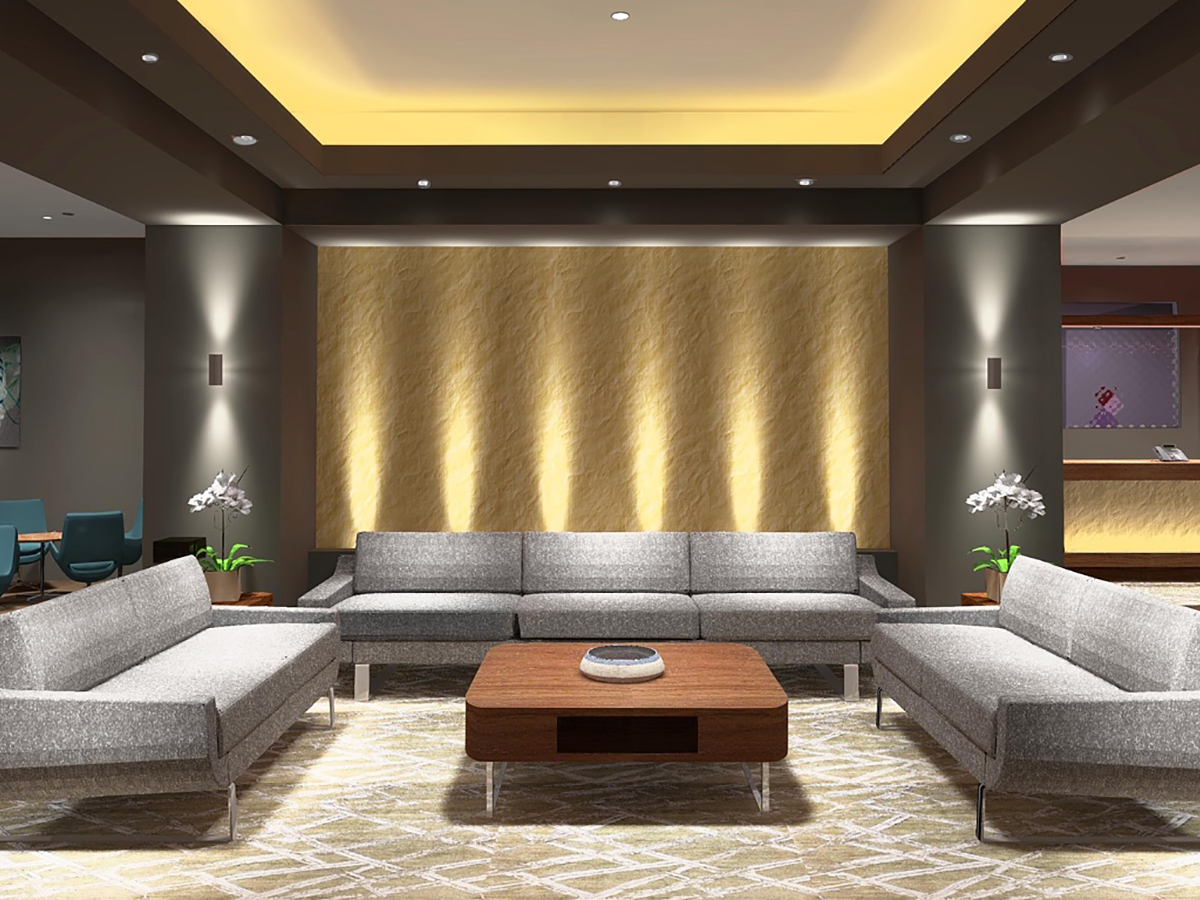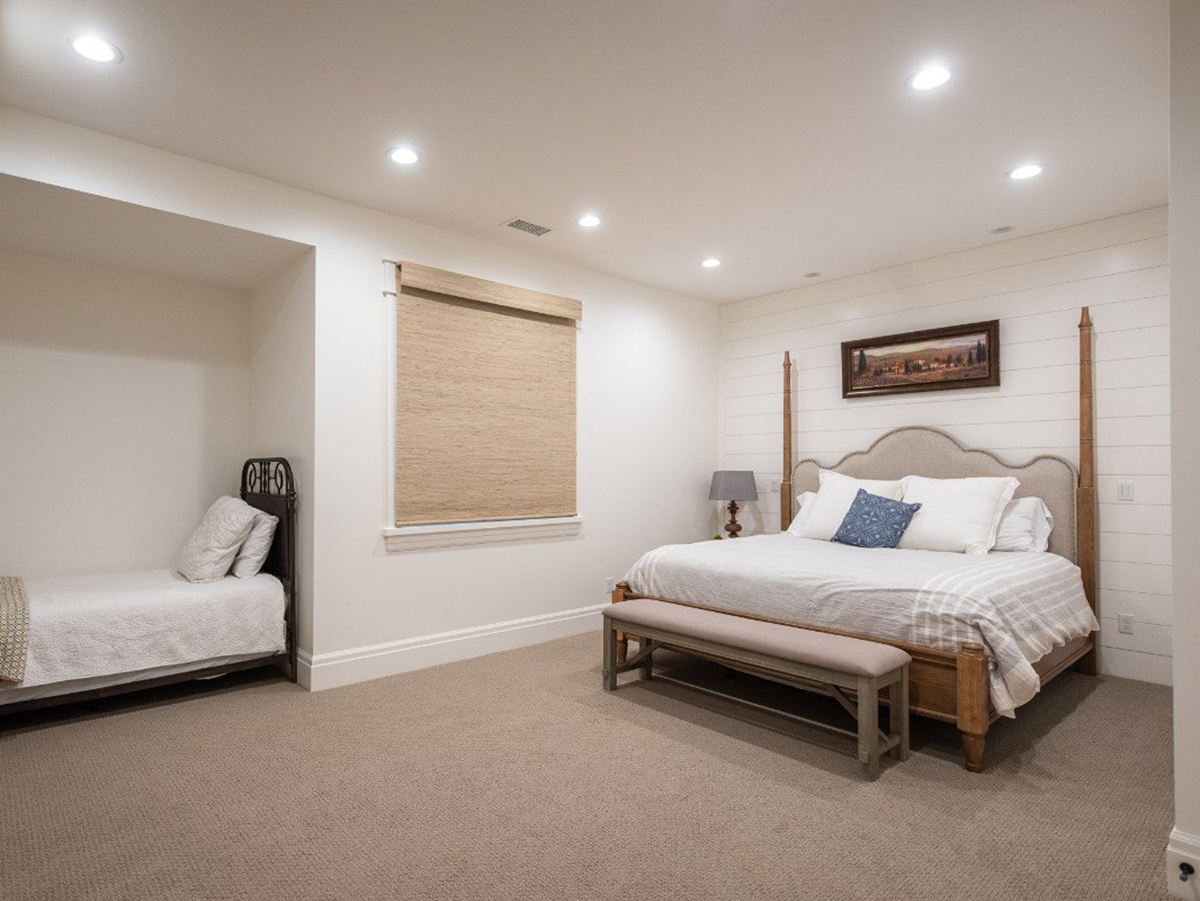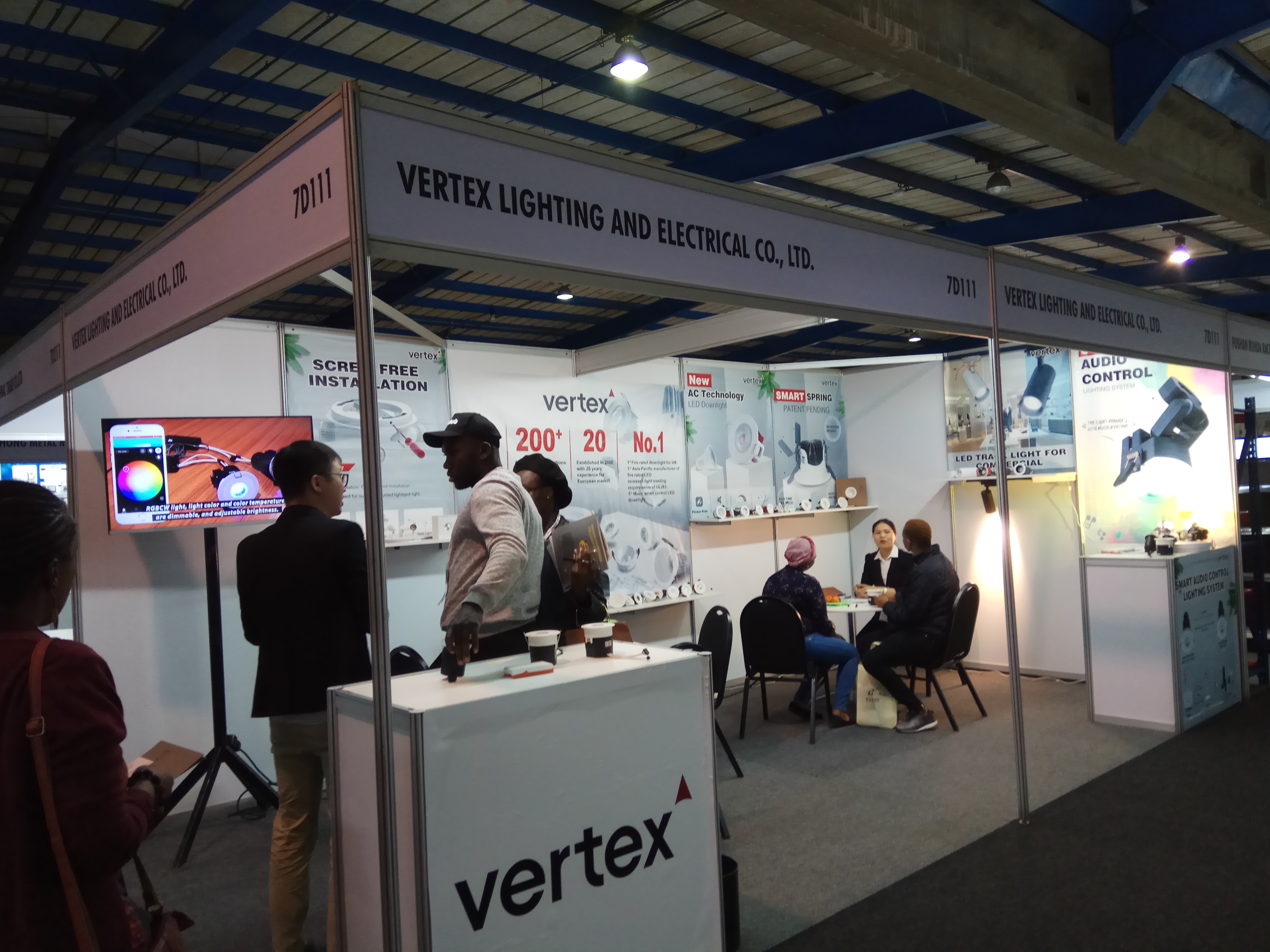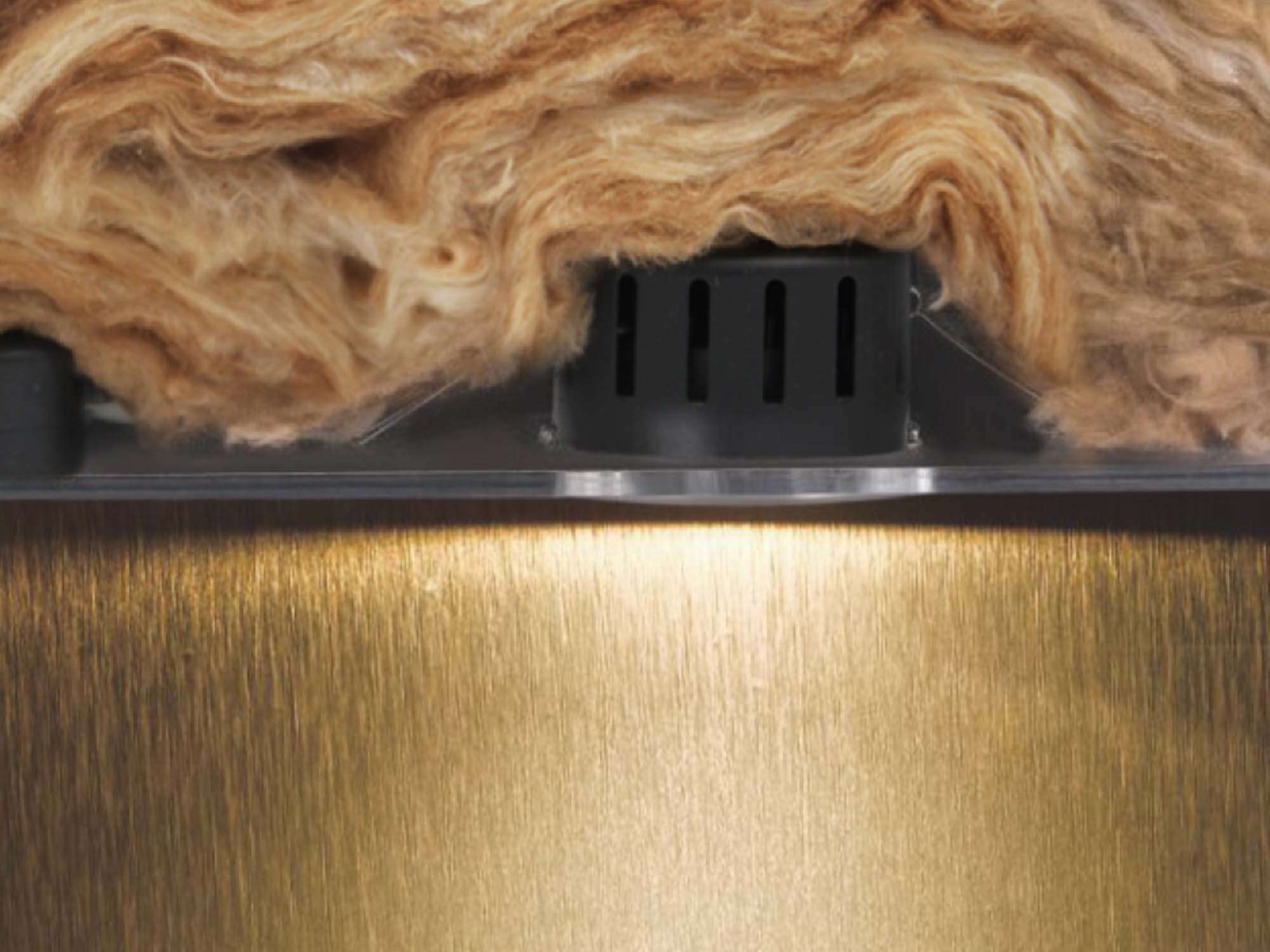In the realm of modern lighting solutions, LED technology has emerged as a frontrunner, revolutionizing the way we illuminate our homes, offices, and public spaces. Among the many alternatives available, LED ceiling lights and panel lights are popular due to their energy efficiency, durability, and aesthetic appeal. While both serve the purpose of providing illumination, they possess distinct characteristics that make them suitable for different applications. In this comprehensive guide, we delve into the nuances of LED ceiling lights and panel lights, elucidating their differences in design, functionality, and usage.
Design and Construction
LED Ceiling Lights
LED ceiling lights, also known as flush mount or surface mount lights, are fixtures that are directly mounted onto the ceiling surface.
They are typically compact in design, with the LED light source built into the fixture itself. This integration ensures a streamlined appearance without protruding components, making them perfect for low-ceilinged rooms or those seeking a minimalist design.
Panel Lights
Panel lights, on the other hand, consist of a flat panel containing an array of LEDs. These panels are typically suspended from or recessed into the ceiling, resulting in a sleek and modern design. Panel lights are characterized by their thin profile and uniform illumination, making them suitable for applications where a wide area needs to be evenly lit, such as offices, conference rooms, and commercial spaces.
Light Distribution and Coverage
LED Ceiling Lights
LED ceiling lights typically emit light in a downward direction,
providing focused illumination directly below the fixture. While they may feature diffusers or lenses to help distribute light more evenly, their coverage is often confined to the nearby region. This makes them well-suited for accent lighting or illuminating specific areas within a room, such as a dining table or kitchen counter.
Panel Lights
Panel lights are designed to emit light uniformly across a wide area, thanks to their diffuse light distribution. The flat panel design ensures that light is spread evenly without causing glare or hotspots.
This makes panel lights perfect for general lighting applications requiring steady illumination, such as offices, corridors, and classrooms.
Versatility and Customization
LED Ceiling Lights
LED ceiling lights come in a variety of shapes, sizes, and designs to suit different preferences and architectural styles.
They are available in round, square, and rectangular shapes, with a variety of finishes and materials to suit any interior design plan. Additionally, LED ceiling lights may offer adjustable features such as dimming capabilities or color temperature control, allowing users to customize the lighting according to their needs.
Panel Lights
Panel lights also offer versatility in terms of size and shape, with standard options available in square and rectangular formats. However, where panel lights truly shine is in their customizability.
Advanced panel light systems provide exact control over brightness, color temperature, and even color rendering properties, allowing customers to develop custom lighting solutions for specific applications.This makes panel lights a popular choice for applications where lighting requirements may vary, such as art galleries, retail stores, and hospitality venues.
Energy Efficiency and Longevity
LED Ceiling Lights
LED technology is renowned for its energy efficiency, and LED ceiling lights are no exception. These fixtures use substantially less electricity than standard incandescent or fluorescent lights,
resulting in cheaper energy bills and a smaller environmental footprint. Furthermore, LED ceiling lights have a long lifespan, typically lasting tens of thousands of hours before requiring replacement. This longevity translates to fewer maintenance costs and less frequent bulb changes, making LED ceiling lights a more cost-effective lighting choice.
Panel Lights
Panel lights have high energy efficiency ratings due to the usage of LED technology and efficient driving systems. The flat panel design maximizes light output while minimizing energy consumption, making panel lights an environmentally friendly choice for lighting large spaces. Additionally, like LED ceiling lights, panel lights have a long operational life, reducing the need for frequent replacements and maintenance.
Installation and Maintenance
LED Ceiling Lights
Installation of LED ceiling lights is relatively straightforward, as they are typically surface-mounted directly onto the ceiling using screws or brackets. Depending on the wiring and existing infrastructure, installation may necessitate basic electrical knowledge and tools. Once installed, LED ceiling lights require minimal maintenance beyond occasional cleaning to remove dust and debris from the fixture and lens.
Panel Lights
Installing panel lights may necessitate additional time and experience, particularly if recessed installation is desired.
In such cases, ceiling tiles or drywall may need to be modified to accommodate the panel, and electrical wiring must be properly routed and connected. Suspended panel lights are easier to install, but they still require precise positioning and alignment to achieve even lighting distribution. Maintenance of panel lights is similar to that of LED ceiling lights, involving periodic cleaning and inspection to ensure optimal performance.
Conclusion
In summary, LED ceiling lights and panel lights offer distinct advantages and cater to different lighting requirements and preferences. Whether you are looking for
LED ceiling lights or
panel lights,
Vertex can help you. Click the link to browse our site or contact us for more product details today!
